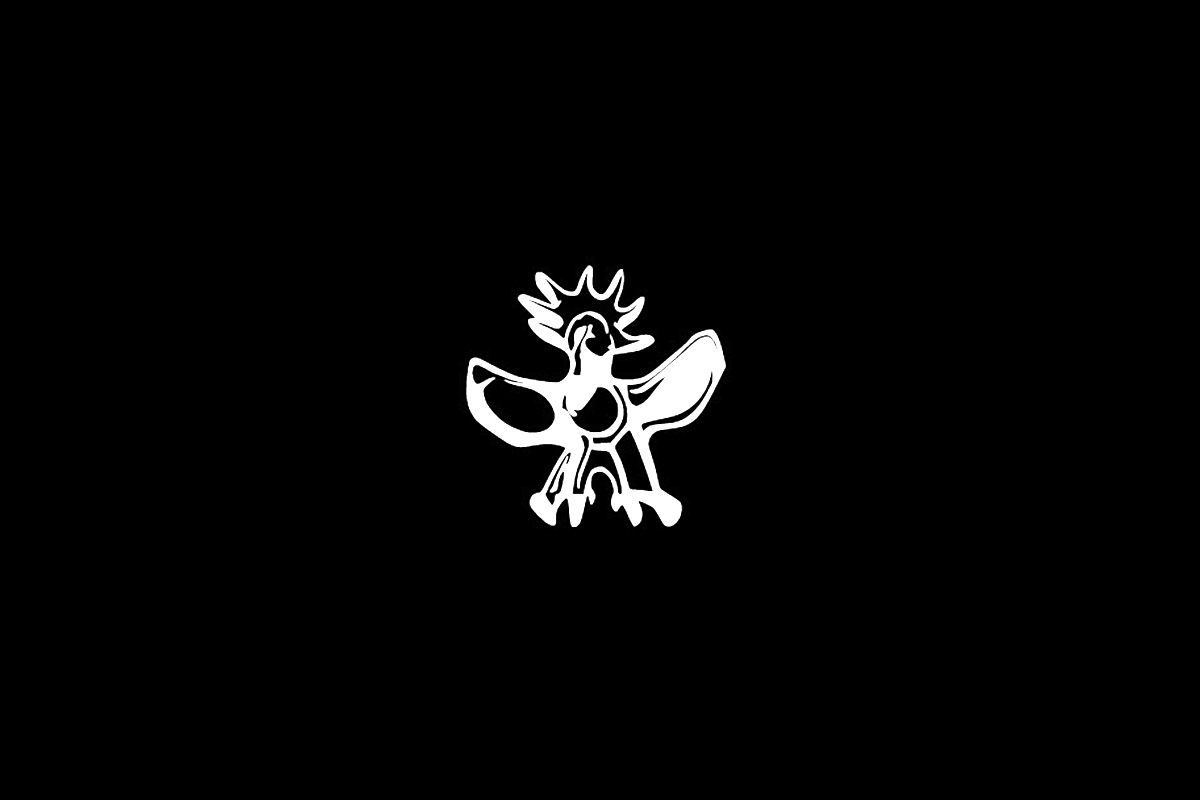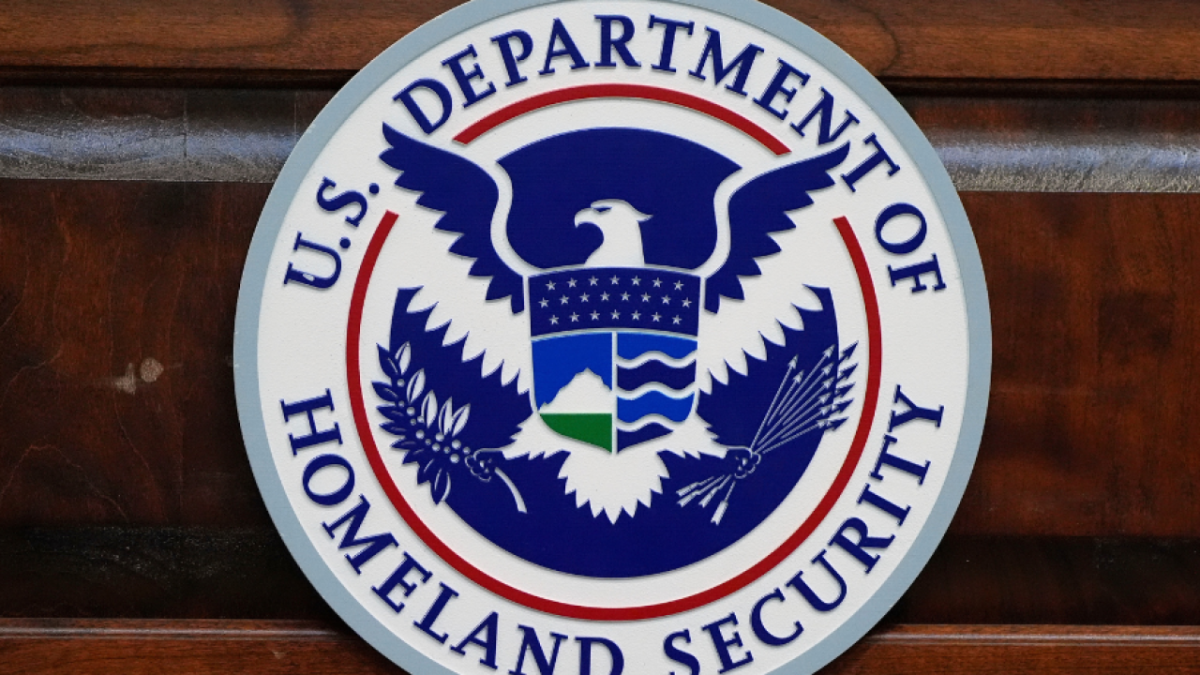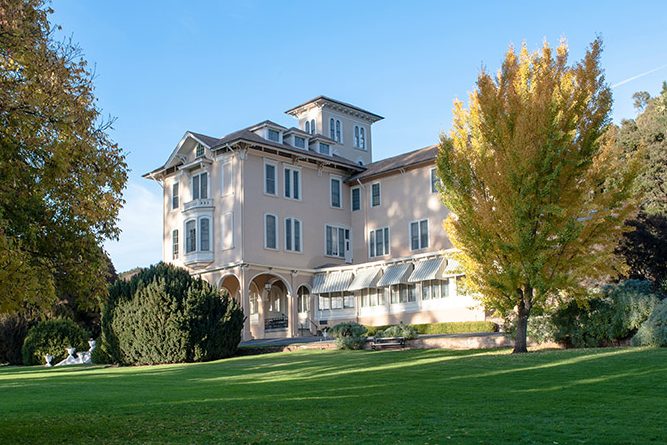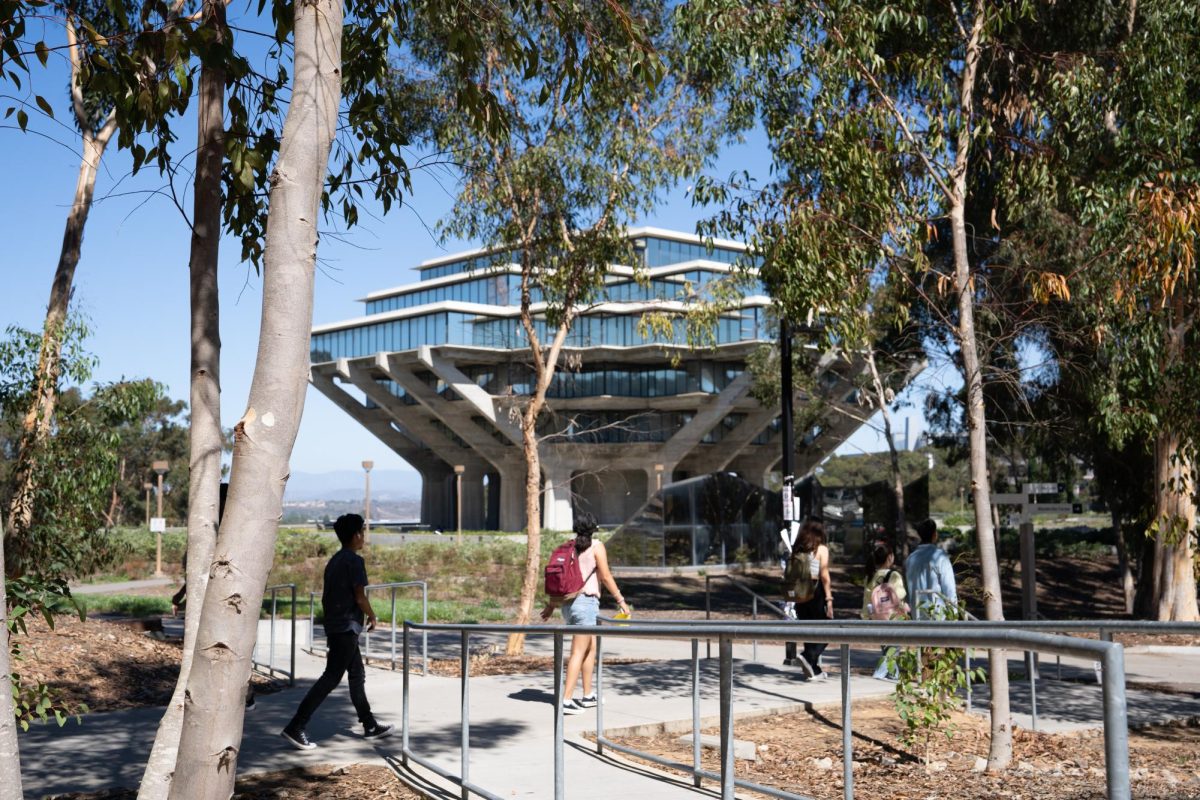The A.S. Council is joining with UCSD’s alternative lifestyle organizations to create a program to make students leading alternative lifestyles feel more comfortable on campus.
A.S. President Jeff Dodge, in conjunction with Lesbian Gay Bisexual Transgender Resource Office Director Sean Travers and Lesbian Gay Bisexual Transgender Association principal member Brian Latham, proposed bringing the “”Safe Zone”” program to campus. The program, which would draw upon $4,000 of A.S. Council funds, originated at Texas A&M, where Travers previously worked.
Latham was a resident advisor last year. He said that his job made him realize the need for such a program.
“”I know there’s a demand for it on campus,”” he said.
There are two ways in which Safe Zone might work.
In one scenario, departments would provide sensitivity training for their faculty. The training is designed to increase staff awareness of alternative lifestyles and needs specific to those who lead them. Staff members who participate and pledge to become aware of LGBTA issues would place identifying marks, such as stickers, on their office or classroom doors, stating that the room inside is a “”Safe Zone”” for LGBT students.
Another option is a more individual-oriented approach, dubbed the “”Allies”” program. Here, individuals would decide on their own to undergo training. The trainee could then opt to identify his personal space by use of a marker as a separate “”Safe Zone.””
Latham thinks such a program would get a lot of support.
“”We’ve had a lot of interested heterosexual allies approach us looking for an outlet to show their support for the LGBT,”” he said.
UC Santa Cruz has a program that resembles the proposed Allies program. Students sympathetic to LGBT issues attach pink triangles bearing the word “”Ally”” to their dorm or apartment doors.
“”The staff here has had sensitivity training on different topics,”” said UCSC sophomore Nicole Chiodo. “”But with students involved, I think it probably gives [LGBT students] an even better feeling because it lets them know that they have a safe place among peers.””
A program similar to Safe Zone existed at UCSD a few years ago, according to Dodge, but it was inconsistent across campus. Since the program did not exist on a universitywide level before, this time the A.S. Council has stepped in to help bridge the gap between the LGBTA and the campus community.
“”We feel like there’s a necessity to bring LGBT issues to the forefront of the university discussions,”” Dodge said. “”We as an A.S. feel it’s important to construct a program that emphasizes all levels of each LGBT issue and work to create awareness on the campus.””
As a student organization, LGBTA will work with the A.S. Council in the program.
“”Right now, we’re working as an advisor to A.S.,”” Latham said. “”Later, we’ll be involved in recruiting members to be involved in the Safe Zone program.””







